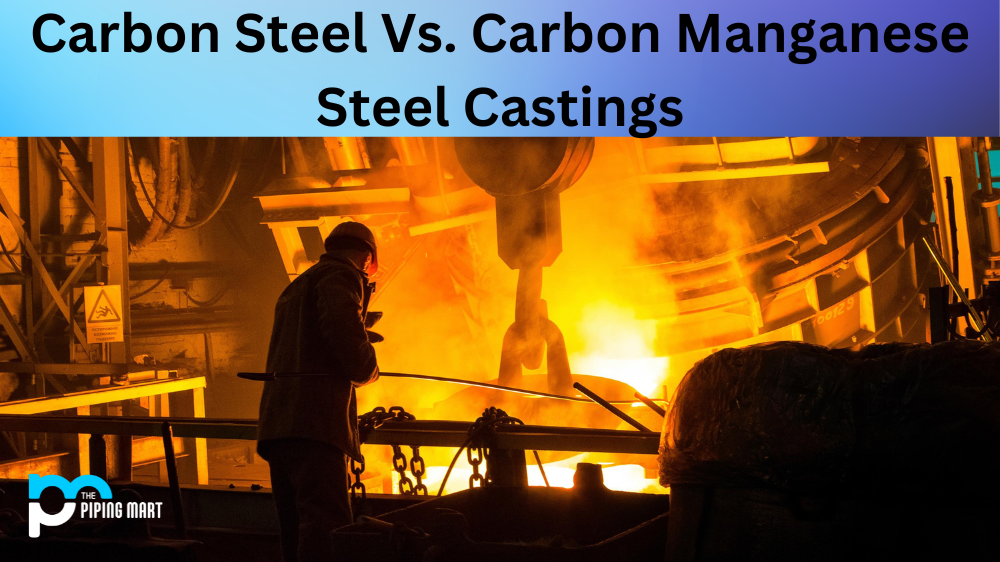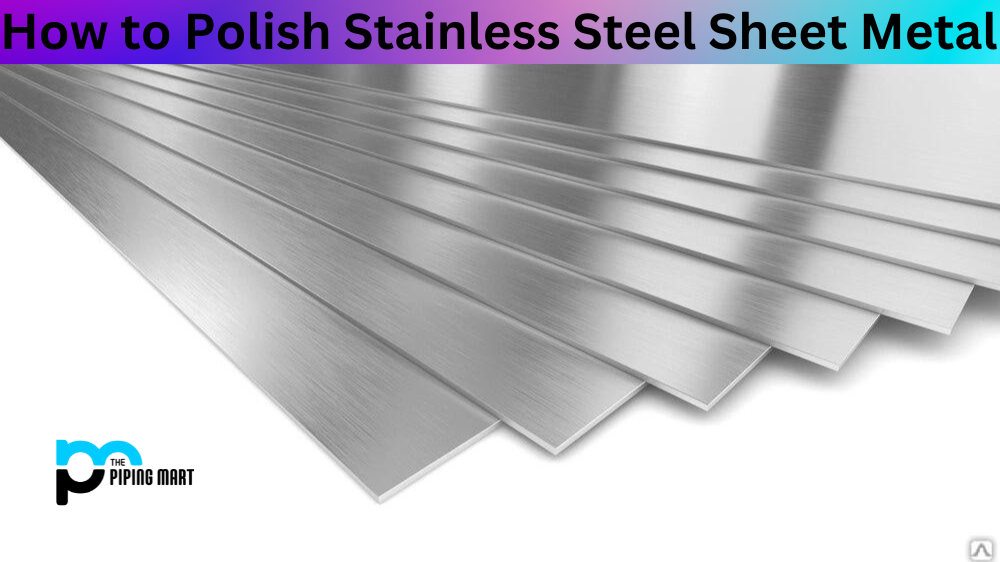Choosing the right steel casting is essential for any project involving the use of metals. Two popular types of steel castings are carbon steel and carbon manganese steel, but what’s the difference between them? Let’s take a closer look at both of these castings to determine which one is best for your needs.
Carbon Steel Casting
Carbon steel castings are created by melting iron ore with carbon and silicon. The resulting material is strong, durable, and resistant to corrosion, making it ideal for a wide range of industrial applications. It can also withstand high temperatures, making it an excellent choice for projects that require heat treatment or welding. Carbon steel has a low alloy content, so it typically costs less than other types of steel castings.
Carbon Manganese Steel Casting
In comparison to carbon steel casting, carbon manganese steel also contains a higher amount of manganese and slightly more carbon. This combination makes the material harder than carbon steel but still relatively easy to work with. It is also highly resistant to corrosion and wears and tear, making it an ideal choice for applications that require durability, such as automotive parts or engineering tools. Additionally, its higher alloy content makes it more expensive than regular carbon steel casting.
Difference Between Carbon Steel and carbon manganese steel
Composition
The main difference between carbon steel and carbon manganese steel is the percentage of carbon and manganese in the steel. Carbon steel contains up to 2.1% of carbon, while carbon manganese steel contains up to 2.14% of carbon. Manganese is a chemical element that is found in all steels, but it is present in higher concentrations in carbon manganese steel.
Properties
The increased concentration of manganese in carbon manganese steel gives the steel additional strength and hardness. However, it also makes the steel more brittle and less weldable. Carbon steel is more ductile and weldable than carbon manganese steel, but it is also less hard and strong.
Uses
Carbon manganese steel is often used for structural applications such as bridges and buildings, where its high strength is required. Carbon steel is more commonly used for components that will be welded during assembly, such as automotive parts and machinery parts.
Cost
Carbon manganese steel is typically more expensive than carbon steel due to the higher concentration of manganese. However, both types of steel are relatively affordable compared to other metals such as stainless steel or aluminum.
Health and Safety
Carbon manganese steels can release harmful fumes when they are heated, so they should only be used in well-ventilated areas. Carbon steels do not release harmful fumes, but they can reach high temperatures when welding, so proper safety precautions should be taken
Conclusion
When selecting the right type of metal casting for your project, there are several factors you should consider, including cost, strength, resistance to corrosion and wear & tear, ease of use during fabrication processes like welding or heat treatment, etc., as well as availability. Both carbon steel casting and carbon manganese steel casting offer excellent qualities in terms of strength and durability; however, they have different characteristics that may make one better suited for certain applications than the other, depending on your budget or specific needs. As always, when working with metals, it’s important to consult with experts in order to ensure you choose the right type of metal casting for your project.

Abhishek is a seasoned blogger and industry expert, sharing his insights and knowledge on various topics. With his research, Abhishek offers valuable insights and tips for professionals and enthusiasts. Follow him for expert advice on the latest trends and developments in the metal industry.




